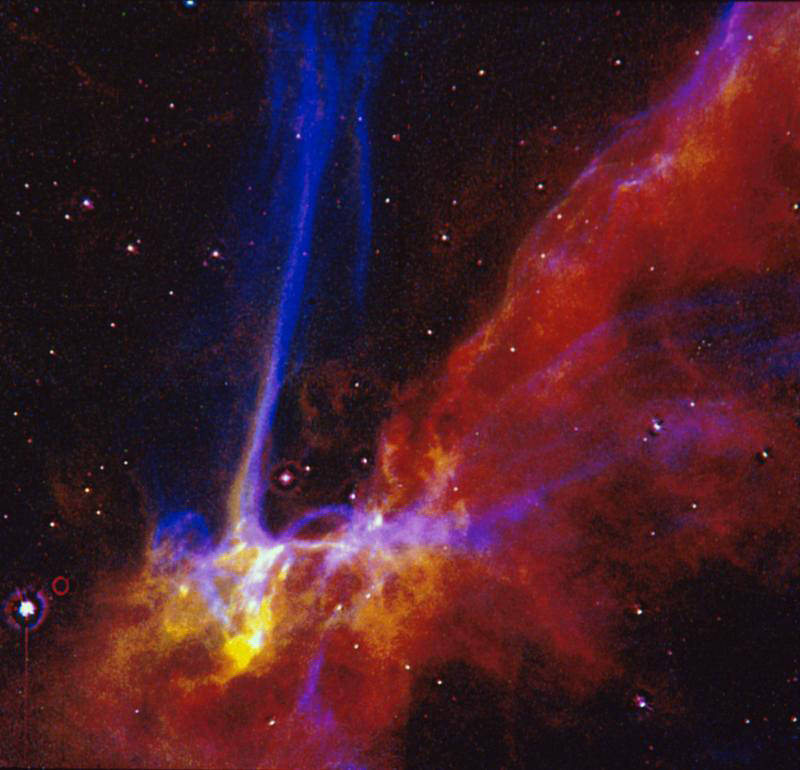NASA has recently launched a sounding rocket for its Integral Field Ultraviolet Spectroscope Experiment (INFUSE) mission. This ambitious project sets its sights on unravelling the mysteries of the Cygnus Loop, a supernova remnant that has held its enigmatic secrets for over 20,000 years, nestled 2,600 light-years away from our home planet.
The Cygnus Loop, also known as the Veil Nebula, bears witness to the cataclysmic demise of a once-mighty star, its explosive departure casting a radiant light that was visible from our humble abode in space. This awe-inspiring event marks the Cygnus Loop as a stellar lighthouse, guiding our exploration into the intricacies of cosmic evolution.
The primary goal of the INFUSE mission is to delve into the heart of star formation, charting the aftermath of a massive star’s dramatic end through a supernova explosion. This celestial spectacle is an essential act in cosmic theatre, as it scatters vital elements and heavy metals throughout space. These elements, including life-enabling carbon, oxygen, and iron, serve as the building blocks for new stars, planets, and potentially life as we know it.
Supernovae are cosmic titans, unleashing unfathomable energy and outshining entire galaxies in a brief, spectacular display. There are two principal classes of these stellar explosions: Type I and Type II supernovae. The former arises from the explosion of a white dwarf star in a binary system, often spurred by the accretion of matter from a companion star. On the other hand, Type II supernovae mark the culmination of massive stars, collapsing under their own gravitational pull after exhausting their nuclear fuel.
The stages of a supernova are a cosmic ballet, progressing from the precursor phase where a massive star depletes its nuclear fuel, leading to core collapse and the formation of a dense neutron star or black hole. This collapse begets a rapid, explosive rebound of the outer layers, heralding the expansion and afterglow phase, as the shockwave expands into the cosmos.
Supernovae have diverse triggers, from the nuclear fuel depletion in massive stars to the sudden ignition of nuclear fusion in white dwarfs. Type II supernovae, in particular, are sparked by the star’s core succumbing to the relentless tug of gravity, culminating in an explosive release of energy.
In the grand tapestry of cosmic evolution, supernovae occupy a central role. They act as cosmic forges, dispersing heavy elements forged in their fiery cores into the interstellar medium. This process lays the foundation for the birth of new stars, and planets, and the potential emergence of life. Moreover, supernovae sculpt the very chemical composition of galaxies, leaving an indelible mark on the cosmos itself.
As the INFUSE mission sets its sights on the Cygnus Loop, we stand on the cusp of unlocking the secrets of stellar transformation. By peering into the far-ultraviolet wavelengths of this ancient supernova remnant, we hope to gain a deeper understanding of the energetic ballet within our Milky Way galaxy, shedding light on the fundamental dynamics that have shaped the universe over aeons. The journey promises to be nothing short of extraordinary, offering a glimpse into the very heart of cosmic evolution.





